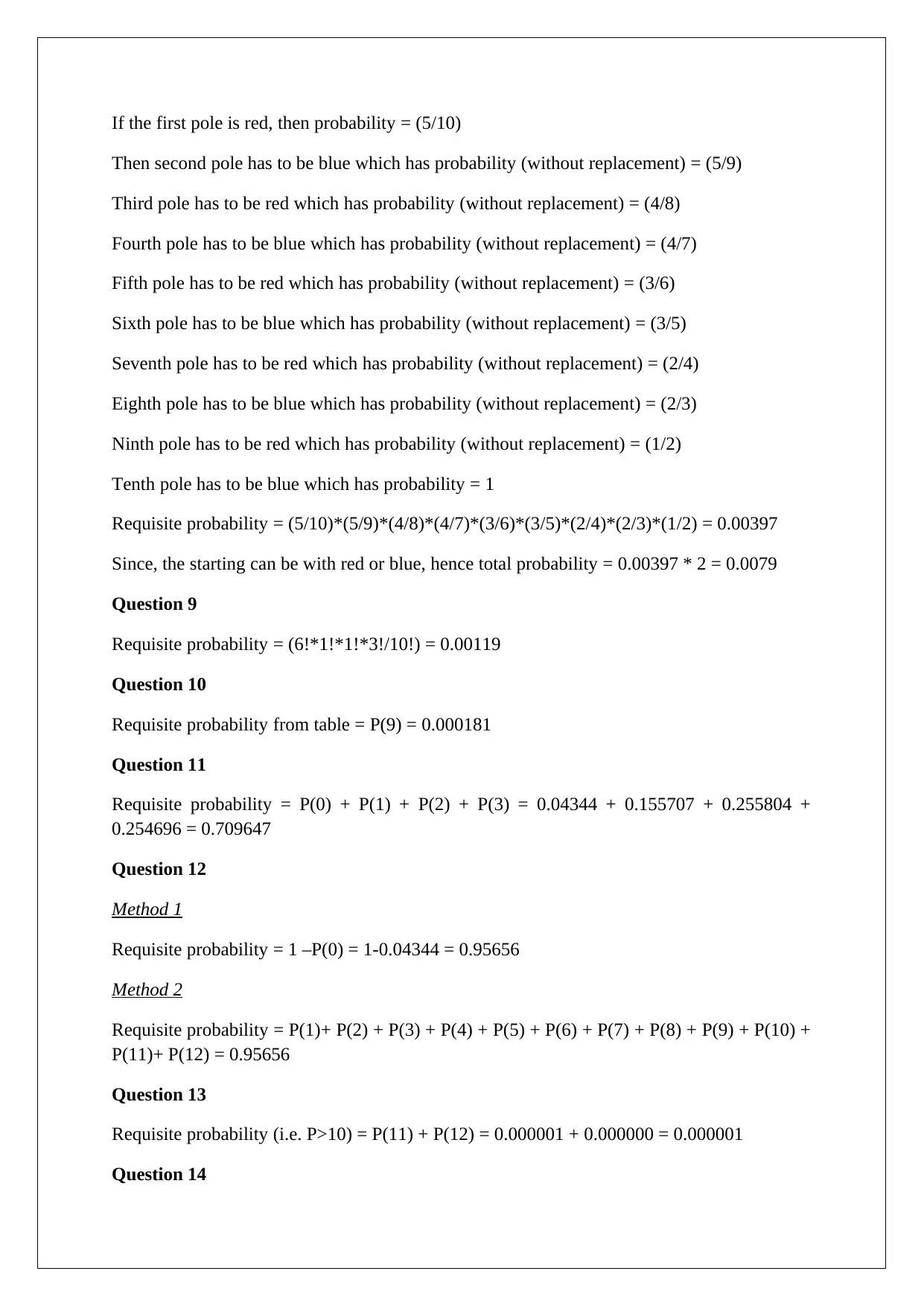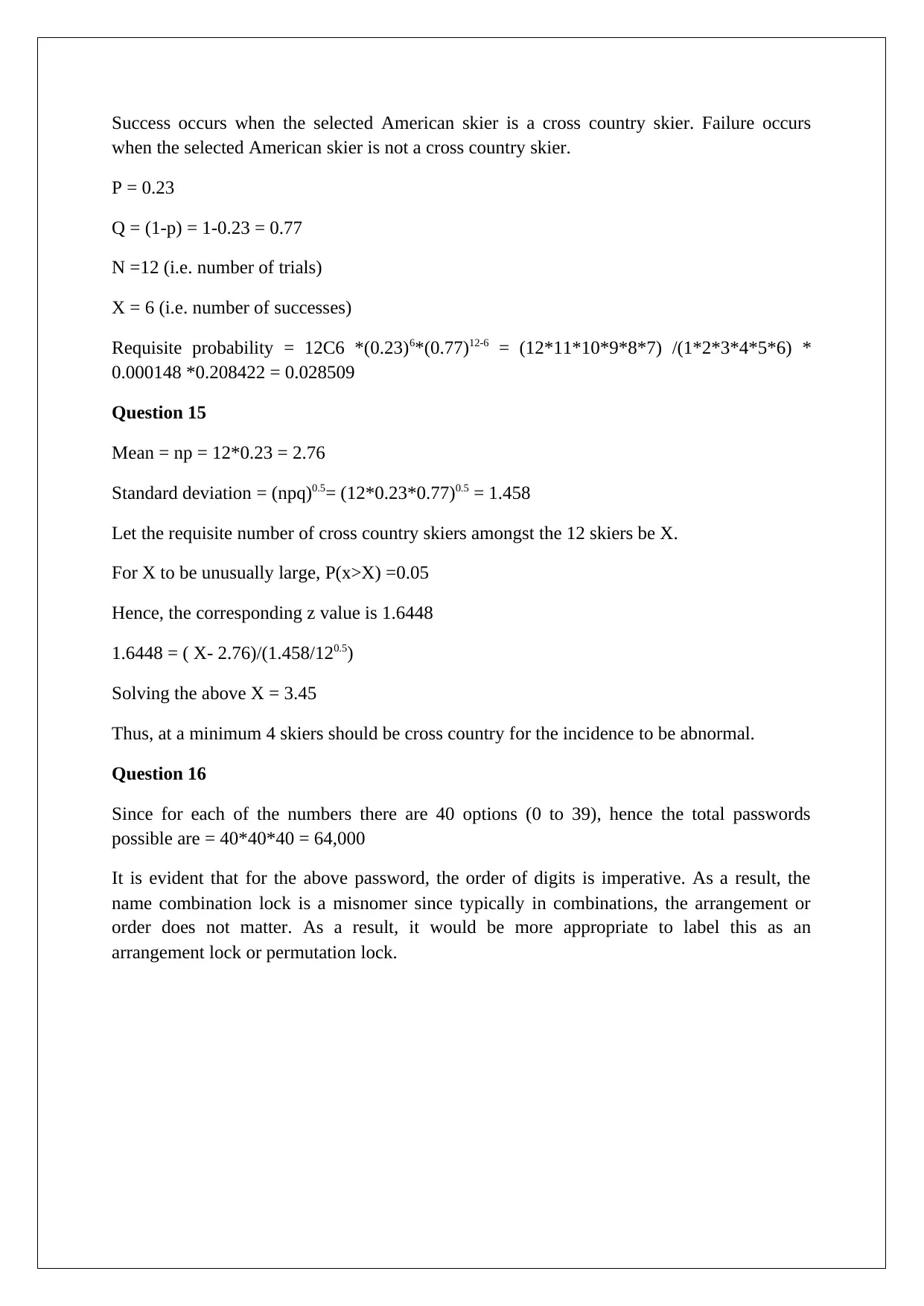Fall 2019 MTH 115 Take-Home Exam: Statistics and Probability Problems
VerifiedAdded on 2022/09/30
|4
|992
|22
Homework Assignment
AI Summary
This document presents the solutions to a take-home exam for a statistics course (MTH 115), focusing on probability and data analysis. The exam covers various concepts including basic probability calculations, conditional probability, and dependent/independent events. Problems involve analyzing data from the 2018 Winter Olympics medal table, calculating probabilities of drawing specific medals, and determining the likelihood of certain events. The solutions also address binomial distributions, permutations, and the application of statistical concepts to real-world scenarios. The student provides detailed reasoning and calculations for each problem, demonstrating a thorough understanding of the material. The exam also delves into questions about unusual occurrences in binomial distribution, permutations, and combinations. The document provides a comprehensive analysis of each question, demonstrating a strong grasp of statistical concepts.
1 out of 4





![[object Object]](/_next/static/media/star-bottom.7253800d.svg)